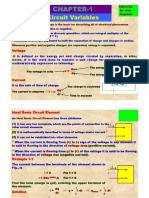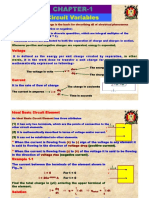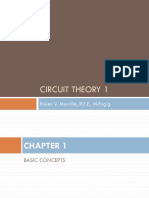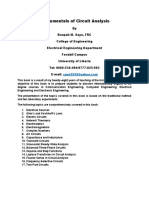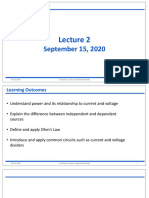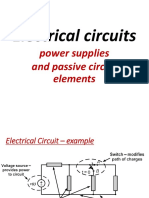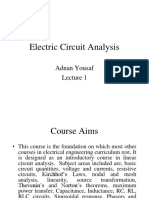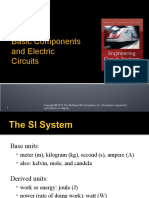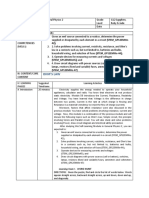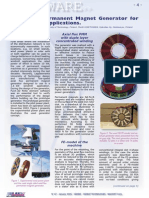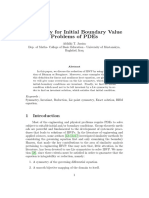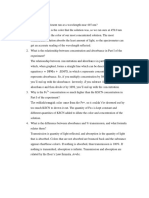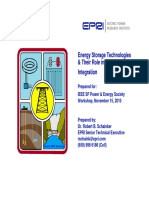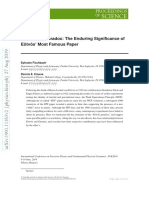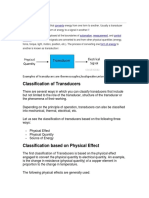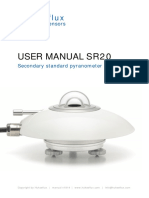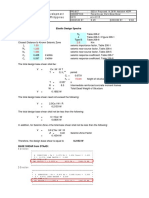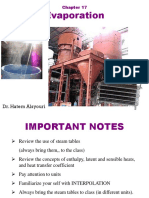0% found this document useful (0 votes)
114 views41 pagesChapter 2 Circuit Elements
This document discusses chapter 2 of the EECE 210 Electric Circuits course. It covers circuit elements, including voltage and current sources, resistors, inductors, capacitors, and dependent sources. It defines ideal voltage and current sources and discusses Kirchhoff's laws and techniques for analyzing circuits containing multiple elements. Key circuit concepts covered include Ohm's law, power calculations, nodal analysis, and modeling physical devices with mathematical circuit elements.
Uploaded by
Tony Abi HaidarCopyright
© © All Rights Reserved
We take content rights seriously. If you suspect this is your content, claim it here.
Available Formats
Download as PDF, TXT or read online on Scribd
0% found this document useful (0 votes)
114 views41 pagesChapter 2 Circuit Elements
This document discusses chapter 2 of the EECE 210 Electric Circuits course. It covers circuit elements, including voltage and current sources, resistors, inductors, capacitors, and dependent sources. It defines ideal voltage and current sources and discusses Kirchhoff's laws and techniques for analyzing circuits containing multiple elements. Key circuit concepts covered include Ohm's law, power calculations, nodal analysis, and modeling physical devices with mathematical circuit elements.
Uploaded by
Tony Abi HaidarCopyright
© © All Rights Reserved
We take content rights seriously. If you suspect this is your content, claim it here.
Available Formats
Download as PDF, TXT or read online on Scribd
/ 41







